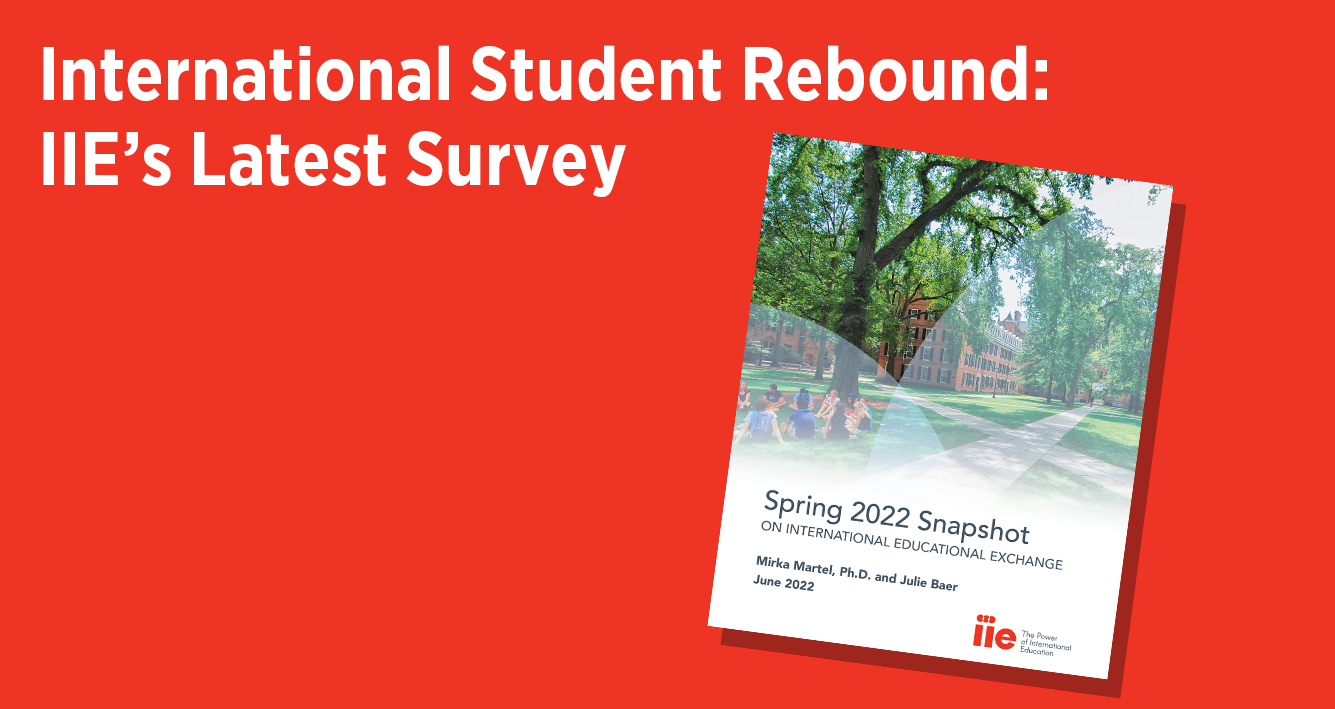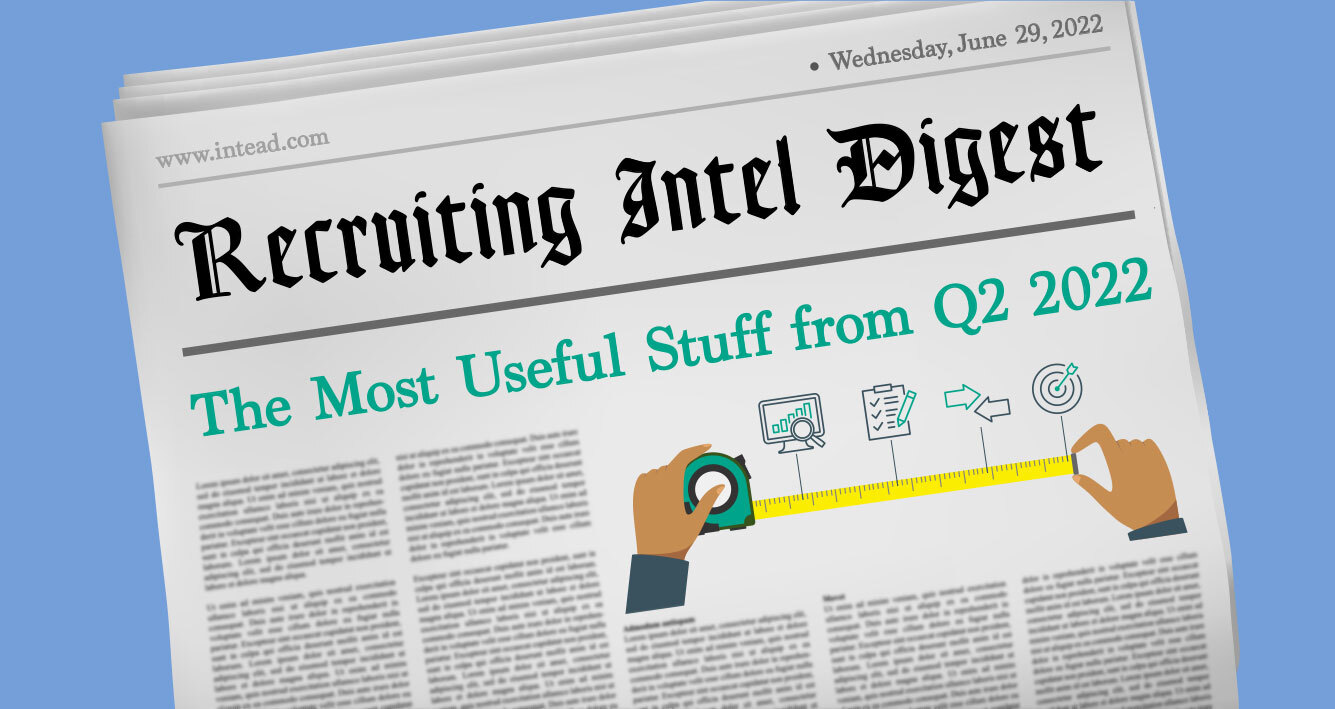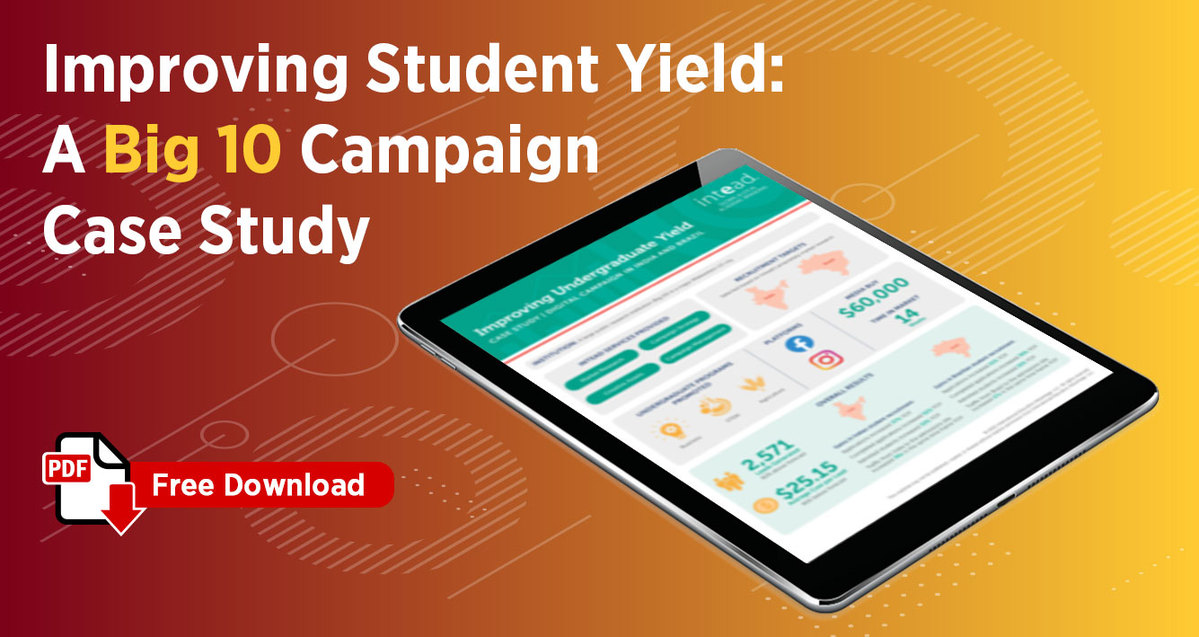The last time we wrote about Instagram marketing was in 2016. A lot has changed since then. But not everything. It resolutely remains a visual communication tool. But is it still relevant? (It is.) Aren’t kids these days on TikTok? (Yes, that’s true, too.)
Here are the facts: 57% of Americans aged 12 to 17 use Instagram each week, and 63% use TikTok according to Forrester. Just as important are the 48% of 30-49 year-olds and 29% of 50-64 year-olds – many of whom are your prospective parents – who use the platform. Anyone still wondering if it’s relevant for student recruitment and enrollment? Didn’t think so.
If your institution is only doing organic posts to Instagram, or your Instagram paid campaigns haven’t reaped the return you’d hoped, read on for a look at how your team can use this platform to boost enrollment. This post will be beneficial for those ideating and managing your campaigns. That means, pass it on to others on your team responsible for this stuff if that's not you.
As with any social platform, there are two ways to work it: the free way or the pay-to-play way. We’ll take a look at both.
Read More
.jpeg)


.jpg)

.jpg)




